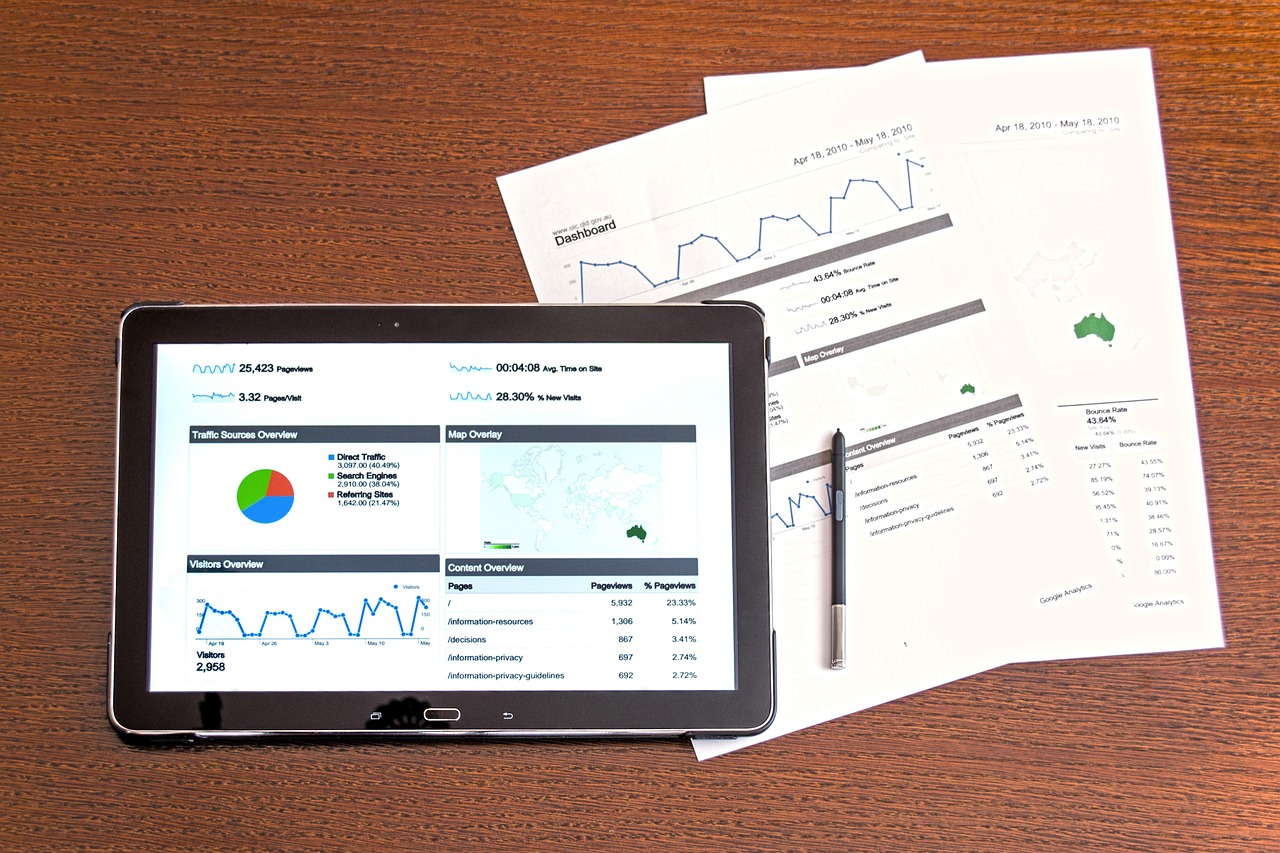One of the main advantages of Digital Marketing is being measurable . In this way, the possibility of documenting and evaluating the strategies used allows us to understand the strategy and helps us make decisions based on data.
Before the Internet, proving the value of a marketing action was much more difficult. Lack of knowledge motivates bad decisions. And so that you don’t commit them and can extract the best of all your efforts, defining measurement parameters is essential. It is impossible to be successful without using them correctly.
Below we have listed the most important marketing metrics , however, we also recommend that you expand your studies on the subject when creating a strategy.
The best way to start looking at the right metrics is by getting some data from your blog or website. The most commonly used metrics in a strategy are:
- Unique visitors : It is the number of people who access your page. Each visitor is counted only once within the indicated time period.
- Sessions : It is the set of interactions, as well as the page views and clicks that the same user executes in a certain period.
- Organic and paid traffic : Represents the number of sessions that originate from search engines and paid campaigns on the web.
- Rejection rate : It is the percentage of users who make only one visit, without making other interactions, such as clicks and page views.
- Conversion rate : It is the percentage that results between the number of visits and the number of conversions made.
- External links : It is the volume and quality of links that come from other domains that lead to your website or blog.
But those are not the only marketing metrics. Actually, knowing all the metrics and choosing the ones that best suit your business should be a stage in your planning.
Therefore, we are going to carry out an in-depth study on some of them below.
Return on investment
This is a factor that is directly related to the profit of your strategy . ROI represents a comparison between how much you grew in sales and how much you spent .
Thus, the formula is:
ROI = (return – cost of investment) / cost of investment
Suppose that, adding all the costs, your total investment in Content Marketing was USD 100 thousand for a year.
During this period, this strategy was responsible for 120 sales with an average revenue of USD 5 thousand, resulting in an ROI of 5 or 500%.
Thus, for every dollar invested in that supposed Content Marketing strategy, 5 dollars returned in the form of profit , which would be an excellent result!
Do you want to calculate your ROI right now in a simple way? Then use our interactive calculator.
What are Return on investment digital marketing plans and the relation of paid guest posts websites?
1. Return on investment (ROI) digital marketing plans are strategies focused on maximizing the return on a business’s digital marketing investments. These plans involve measuring the performance of marketing campaigns, and adjusting strategies and tactics to meet desired goals.
2. Paid guest posts websites are websites that allow users to post content and pay for the privilege. These websites provide an opportunity for businesses to post content that is related to their products or services, and to receive a return on their investment.
3. Paid guest posts can be used as part of a ROI digital marketing plan, as they can provide a cost-effective way to reach a large audience and increase brand awareness.
4. When used as part of a ROI digital marketing plan, paid guest posts can be used to generate leads, build a customer base, and even increase revenue.
5. Paid guest posts websites should be used strategically, as they can be a great way to reach potential customers, but can also be costly if not used properly. Careful consideration should be given to the type of content posted, the target audience, and the cost of the posts.
Customer Acquisition Cost
The CAC is nothing more than the relationship between the number of customers and their spending with Digital Marketing. This metric seeks to answer the
question:
How much should I invest to attract a new customer?
Thus, it is calculated by dividing your costs for customer acquisition by the number of new customers in the period.
Assuming a business spent $100,000 on marketing in a year and acquired 120 new customers in that period, your CAC is $833.33.

